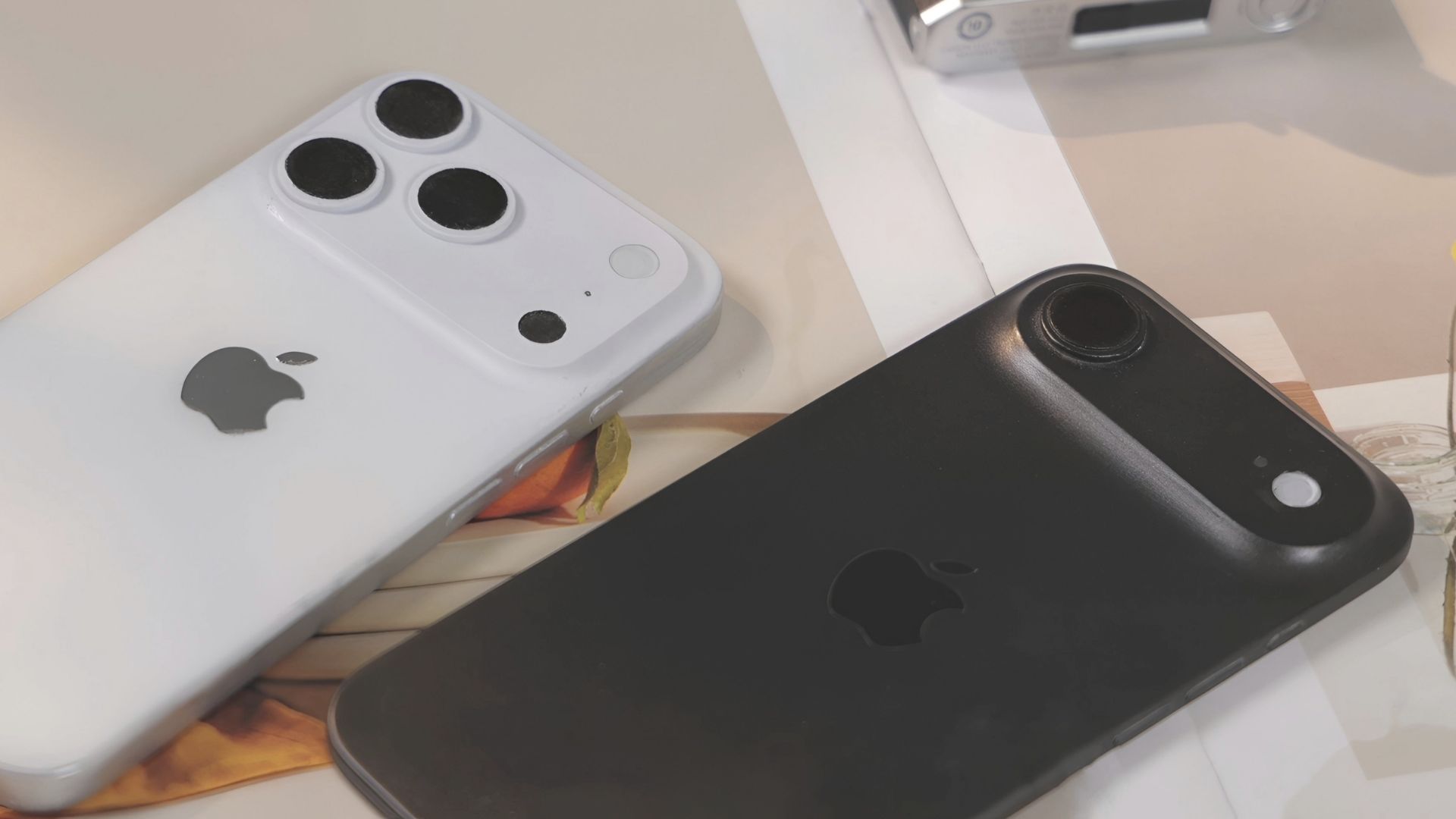I have one big worry about 2025 handheld gaming PCs that is weighing me down
If I can't comfortably hold it, is it still a handheld gaming PC?
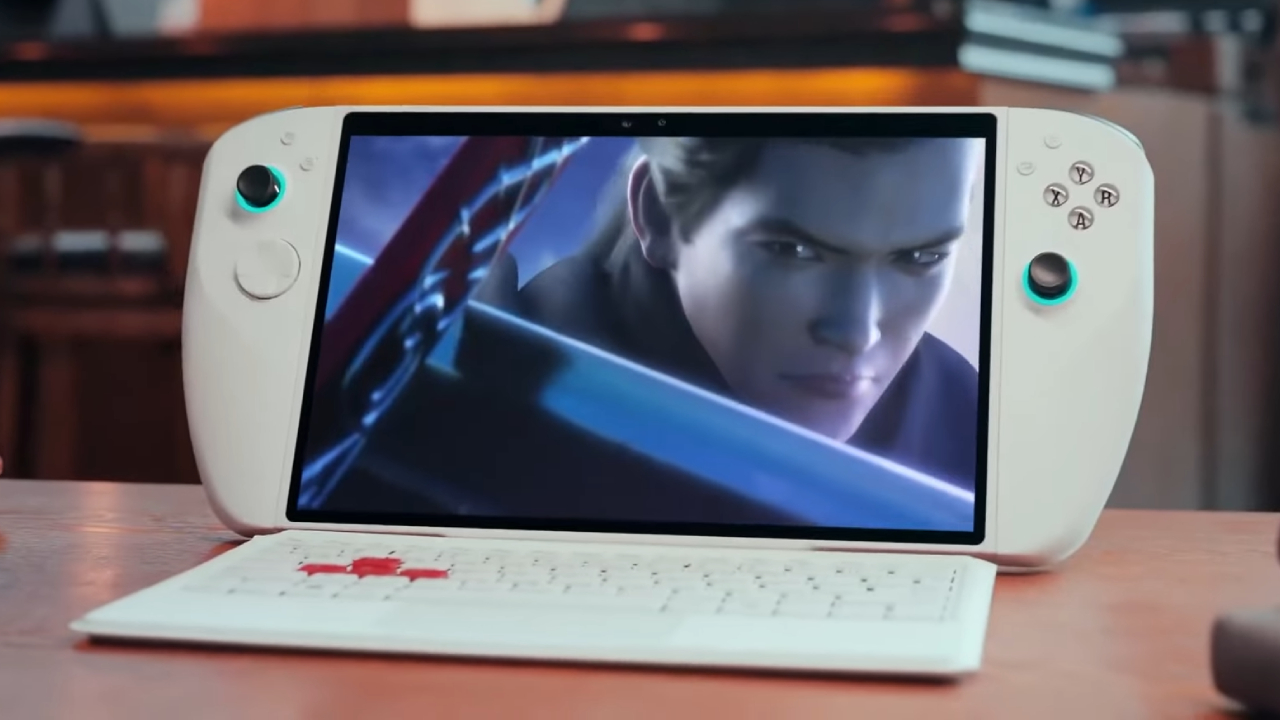
CES 2025 gave us a first look at new handheld gaming PCs like the Lenovo Legion Go 2, Lenovo Legion S, and Acer Nitro Blaze 11, but there was one more that no one is talking about: The Sunday Dragon 3D One (via Techspot)
Tencent unveiled this monstrosity built with an Intel Core Ultra 7 258V processor and a glasses-free 3D display (akin to the Nintendo 3DS), but what I immediately noticed was its 11-inch panel size.
With the turn of the new year, and from what we've seen of most gaming handhelds announced at CES 2025, they are getting far larger and heavier than might be comfortable to handle.
When does a handheld gaming PC become a laptop?
I'm obsessed with Windows gaming handhelds and have been since the Asus ROG Ally launched. These small, convenient, and portable devices are my preferred way to play games, assuming they're optimized for gamepads. And after CES 2025, where gaming handhelds seem to be heavier than ever, it's as if the "portable" aspect is in danger.
The Acer Nitro Blaze 11 was the first gaming handheld unveiled of this size, and to illustrate how large we're talking, it comes in at an absolutely staggering 1050 grams (2.31 pounds) and 36.4 x 17.1 x 1.59 centimeters. That's massive compared to the original Asus ROG Ally, which I have used regularly since its launch in June 2023, and comes in at 608 grams (1.34 pounds) and 28 x 11.1 x 2.12 centimeters.
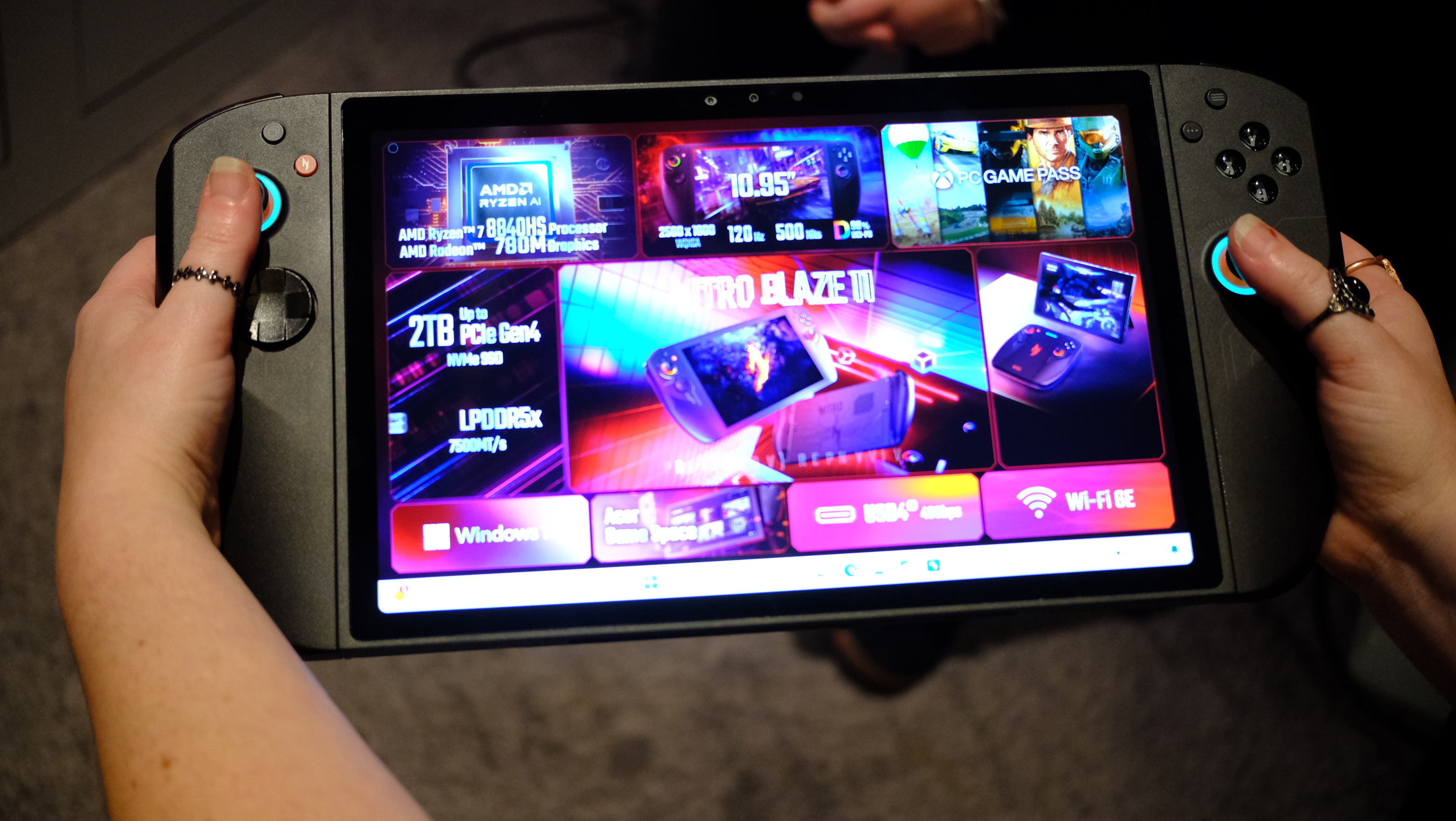
The Nitro Blaze 11 is a pound heavier than the Asus ROG Ally, but why am I so concerned about comparing the size of these two devices? After all, the Ally is a 7-inch gaming handheld, while the Blaze 11 is 10.95 inches.
It all boils down to my experience using the Ally daily. When I truly fell in love with a game, I would spend several hours lying in bed, absolutely glued to the device. Even with the Ally that only weighs 1.34 pounds, my hands and arms tire within an hour.
Get The Snapshot, our free newsletter on the future of computing
Sign up to receive The Snapshot, a free special dispatch from Laptop Mag, in your inbox.
Even with the Ally that only weighs 1.34 pounds, my hands and arms tire within an hour.
The longer I spend, the more that slight discomfort settles in. There were periods where I'd be playing on the Ally for weeks, and while the weight was never too bad, it's something I was and still am conscious of whenever I use it.
It's easy to forget that the bump to 7-inch displays was already a huge leap compared to older generations of handheld devices. Whether we're looking at the PlayStation Portable (0.62 pounds), PlayStation Vita (0.48 pounds), Nintendo DS (0.6 pounds), or Gameboy (0.49 pounds), many of these were tiny and portable.
The Wii U was sort of like a prototype, but it wasn't until the Nintendo Switch that this design was proven to be viable. The move to a 6.2-inch screen at 0.88 pounds was already bold compared to the Nintendo 3DS' 3.5-inch top display and the device's 0.52-pound weight, but now, it's normalized. We're commonly seeing gaming handhelds in the range of 7 to 9 inches.
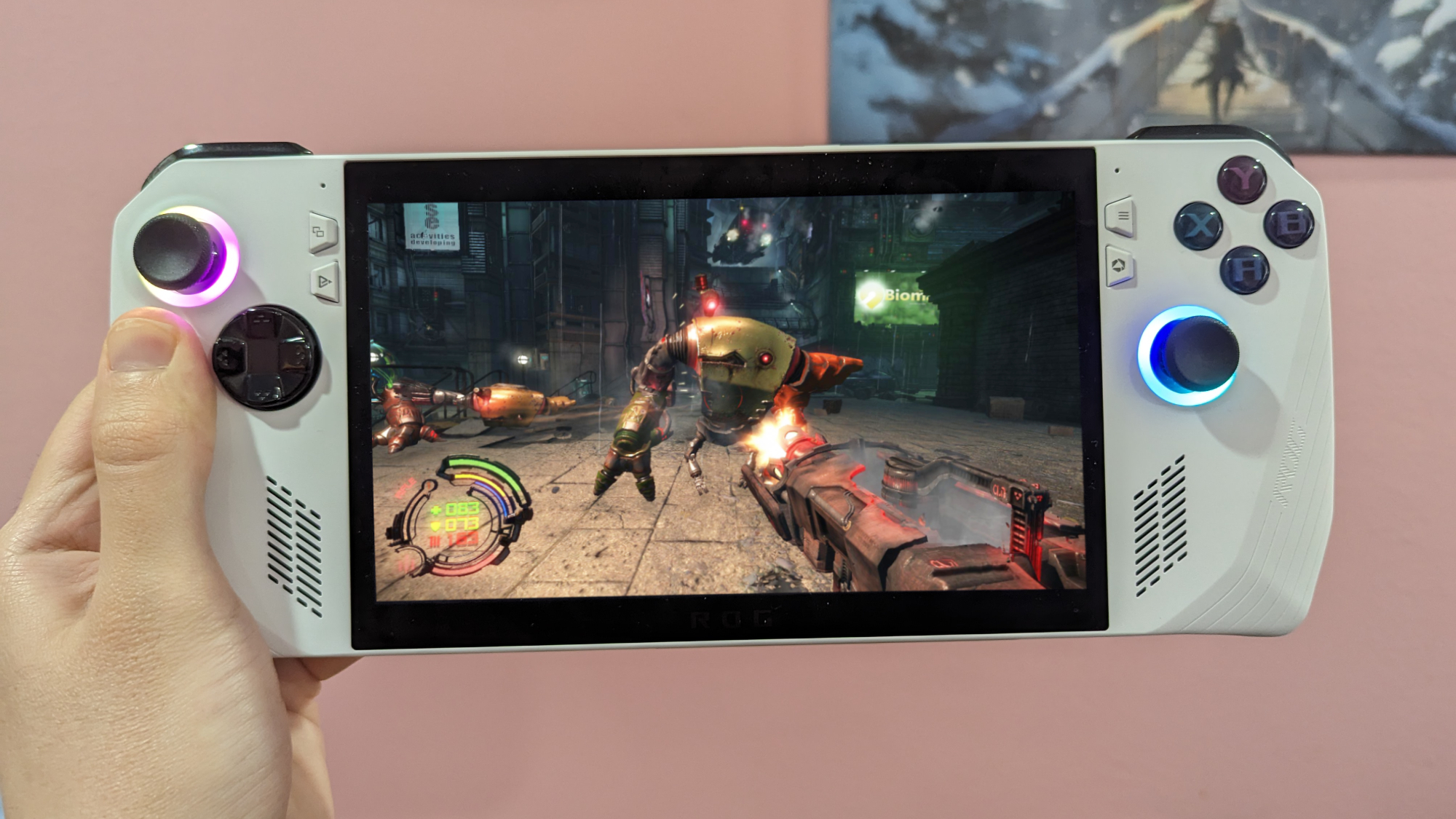
Yet even though this has become normal in the handheld gaming scene, it's not necessarily comfortable. These devices are undeniably large and heavy, and even the 1.34-pound Asus ROG Ally gets exhausting to hold over the course of long gaming sessions.
I recall spending my hour-long commute to and from college playing on my PlayStation Vita. I never felt it was particularly unwieldy or exhausting to hold, no matter how long I spent on it, and that's no surprise, considering it's only 0.48 pounds.
But even during that time, I always wanted a bigger screen, so I understand why manufacturers turned it up a notch with the Nintendo Switch, Steam Deck, and now, with the Asus ROG Ally and other Windows gaming handhelds.
What's next for Windows handheld gaming PCs?
As it stands, Windows gaming handhelds are getting larger and heavier. Devices like the Asus ROG Ally, MSI Claw, and Lenovo Legion Go struck a good balance by staying under 2 pounds, providing large screens without becoming monstrous to hold.
But gaming handheld manufacturers might be going a bit too far. To be fair, the Acer Nitro Blaze 11 may be an experiment for Acer, as there are 7-inch and 8.8-inch Nitro Blaze gaming handhelds as well. It's hard to say whether that will be the case for the Tencent Sunday Dragon 3D One, though.
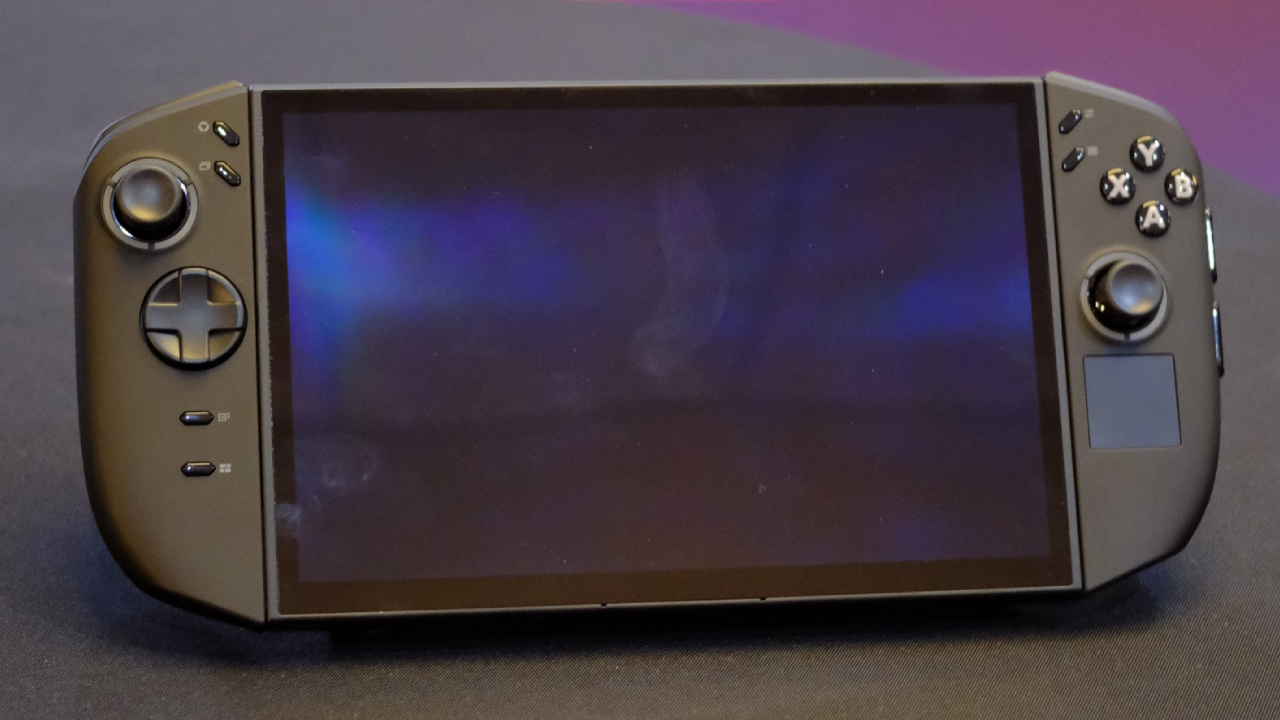
The Lenovo Legion Go 2 prototype is massive, and even with only an 8.8-inch display, it comes in at 2.38 pounds.
However, the seemingly growing popularity of 11-inch displays isn't the only culprit here. The Lenovo Legion Go 2 prototype is massive, and even with only an 8.8-inch display, it comes in at 2.38 pounds. That makes it even heavier than the Acer Nitro Blaze 11.
The Lenovo Legion Go's original weight of 1.88 pounds was already on the heavier side when compared to the Asus ROG Ally (1.34 pounds) and MSI Claw (1.49 pounds), but Lenovo is taking things up a notch. However, it's good to keep in mind that the Lenovo Legion Go 2 shown off at CES 2025 is merely a prototype. It's entirely possible the device will get lighter before it officially launches.
And to briefly defend the Acer Nitro Blaze 11's unwieldy size, it's entirely possible that it's not designed to be held in hand. Due to the buttons being placed at the top of the controllers, it's possible you can rest the bottom of the device on your lap while sitting down or on your stomach if you're lying down.
But we won't actually know until we test it. It's not enough to hold the Nitro Blaze 11 for a few minutes to get a sense of how it feels. Only after you've spent several hours gaming on a handheld gaming console can you get a clear sense of how its size, ergonomics, and weight come together. After all, it was only after playing on my Asus ROG Ally for hours that I understood exactly how it feels in hand.
Until that happens, I cannot help but be worried about the future of handheld gaming PCs: These devices need to strike a balance between comfort and size, but so far, it seems as if 2025 is focusing more on the latter than anything else.
More from Laptop Mag

Self-described art critic and unabashedly pretentious, Claire finds joy in impassioned ramblings about her closeness to video games. She has a bachelor’s degree in Journalism & Media Studies from Brooklyn College and five years of experience in entertainment journalism. Claire is a stalwart defender of the importance found in subjectivity and spends most days overwhelmed with excitement for the past, present and future of gaming. When she isn't writing or playing Dark Souls, she can be found eating chicken fettuccine alfredo and watching anime.
